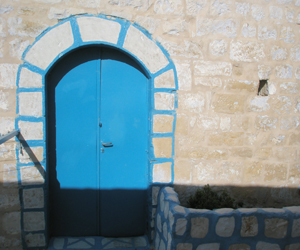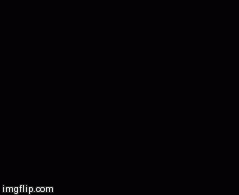Safed Under Crusader Rule
Apt Moniker
The Israeli town of Safed, also known as Tzfat in the Hebrew language, or Tzefiya, as it is referred to in the Talmud, finds the origins of its name in the word "Tzofeh," or "overlook." The moniker is apt, since at an altitude of 2, 790 feet, or 850 meters, Safed is the highest of all Israeli towns, not to mention the coldest. Because of its height, Safed was useful in helping to mark the Jewish calendar which runs according to the lunar cycle. Fires were built at the highest point of the town and people in far away areas would see the smoke and know that the new month or a festival was being welcomed.
Because of its strategic location, the town was chosen by the Crusaders to serve as the building site for an impressive citadel, complete with a surrounding moat and built at Safed's highest point. The Crusaders ruled the country from 1099-1291 and erected a citadel in Safed, which, like many other Crusader buildings, fell under the control of Muslim conqueror Saladin in the late 1100's. Undaunted, the Crusaders came back fifty years later to build the largest Christian fortress in the East.
Military Stronghold
During the time the Crusaders maintained ruled over the area, Safed figured large as a fortified city and military stronghold because of the citadel which one source describes as "a fortress of very great strength between Acre and the Sea of Galilee." A religious/military order known as the Knights Hospitaller built another important Safed structure, a castle, during this crusader reign.
In the year 1266, Crusader rule was overthrown by the Mamluk sultan Baybars, who wiped out the entire Christian Crusader population, cutting off the heads of all the captured men, and selling all the women and children into slavery. Under Mamluk rule, the town became Muslim, and the citadel was turned into an administrative center. In 1300 or so, Dimashqi recorded for posterity a description of the renovation of the citadel by Baybars. Dimashqi wrote that Baybars built there a, "round tower and called it Kullah. Its height is 120 ells, and its breadth is 70. And to the terrace-roof (of the tower) you go up by double passage. Five horses can ride up to the top (of the tower) abreast by winding passage-way without steps. The tower is built in three stories. It is provided with provisions, and halls, and magazines. Under the place is a cistern for rain-water, sufficient to supply the garrison of the fortress from year's end to year's end. In the fortress is a well called As Saturah. Its depth is 11 ells, by 6 ells across."
There still remains today, a section of the citadel, which offers breathtaking views of the city of Safed. There is a grass-lined park surrounding the monument which serves as the perfect place to have an impromptu picnic. Jerusalem Street, where the city hall is situated, along with gift shops and banks, is believed to be built on the spot of the ancient moat. Modern Safed lies between the ancient citadel and the old city.

